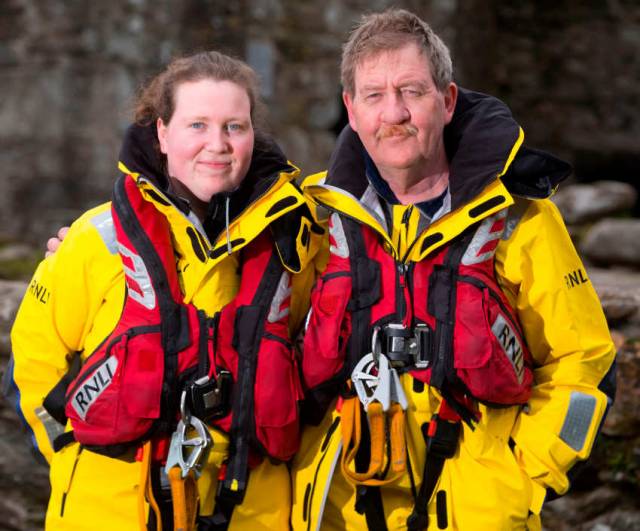Arklow RNLI launched twice on Wednesday (21 August), first to go the aid of three onboard a broken down boat and later to search for a kayaker reported missing.
The volunteer crew were first requested to launch their all-weather lifeboat by the Irish Coast Guard at 1pm on Wednesday, Arklow RNLI says.
The Ger Tigchelaar was launched to reports of a fishing vessel with three aboard which had lost propulsion and was adrift one mile north-east of Arklow Harbour.
In south-westerly Force 4-5 winds and with moderate worsening sea conditions, the casualty vessel was located and, once on scene, Arklow RNLI volunteers secured a rescue towline and proceeded to tow the fishing vessel back into Arklow where all hands came ashore safely.
The second call out came later that evening at 6.20pm when reports had come in that a person was missing on a kayak somewhere north of Arklow.
The crew launched the lifeboat immediately and commenced a search. As they proceeded north along the coast, further reports came in that a kayak had been sighted on or near the beach at Ennereilly Strand, north of Arklow.
The lifeboat continued the search north as it headed for the reported position at Ennereilly.
In the meantime, some of Arklow RNLI’s volunteers had commenced a shoreline search to see if the person had managed to get ashore separate from the kayak.
A short time later, another volunteer located the owner of the kayak who had made his way ashore quite safely and was en route back to Ennereilly Strand to pick up his kayak.
The search was then stood down and the lifeboat returned to station.
Following the callouts, Arklow RNLI press officer Mark Corcoran said: “Thankfully, we were able to bring three people safely back to shore and given the worsening conditions and with the casualty vessel adrift near the rocks this could easily have had a much worse ending.
“Our second launch in more challenging conditions followed a report of a missing kayaker — thankfully he had made it back to shore safely and was en-route back to collect his beached kayak when he was located on shore.
“Thanks to the members of the public who made the report and all of our volunteers for their time in challenging conditions and a special thanks and congratulations to Sinead Myler on completing her first call out today.”
































































